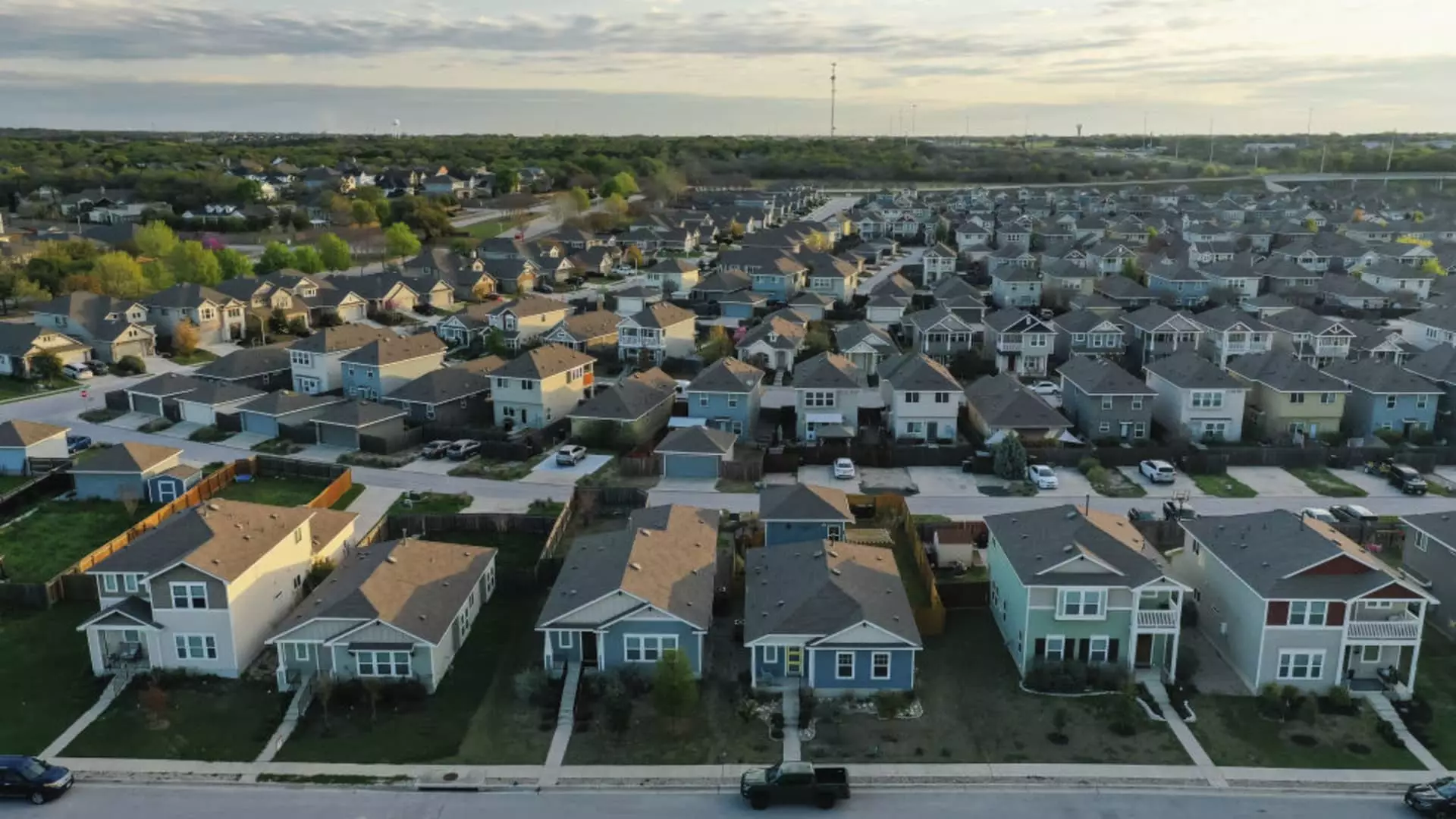In a surprising turn of events, mortgage demand has seen a notable increase despite the ongoing rise in mortgage rates. Last week, the Mortgage Bankers Association revealed that total application volume rose by 1.7% compared to the previous week, even as the average contract interest rate for 30-year fixed-rate mortgages reached a significant 6.90%, marking the highest level since July. This anomaly prompts an exploration of the factors contributing to this increase in mortgage applications amidst a backdrop of higher borrowing costs.
A closer look at the data reveals that the demand for home purchases specifically increased by 2% over the week, though it fell short by 1% when compared to the same period last year. Notably, the rise in applications for conventional and FHA loans suggests that buyers are adjusting to the fluctuating financial landscape. The FHA segment experienced a remarkable 7% increase in applications, indicating that homebuyers might be gravitating towards more favorable loan options as conventional routes become pricier. Joel Kan, a renowned economist at MBA, highlights the loosening inventory in certain markets that may have emboldened prospective buyers. This indicates a shifting buyer mentality—where apprehension about high rates becomes overshadowed by a more favorable supply situation.
Interestingly, the refinancing market has also witnessed a 2% rise in applications from the previous week, significantly outpacing the same week last year by 43%. This resurgence can be attributed to a noteworthy 10% increase in VA loan applications. The uptick in refinancing suggests that while purchase applications remain competitive, existing homeowners are taking advantage of the current lending landscape to secure better terms or manage debt more effectively.
Throughout the week, mortgage rates exhibited volatility, reflecting broader economic factors. News of the U.S. authorizing Ukraine to use long-range missiles against Russia created an environment of both anxiety and opportunity in the financial markets. This geopolitical shift sent bond yields tumbling as investors sought safer assets—a flight to safety that resulted in a minor decline in mortgage rates. Despite these fluctuations, Matthew Graham of Mortgage News Daily cautions against assuming that such macroeconomic developments will significantly alter long-term trends in the mortgage market. The skepticism surrounding geopolitical tensions suggests that traders remain cautious about the potential for drastic market shifts.
As we navigate the complexities of the current mortgage landscape, it is clear that demand can remain resilient, even in adverse conditions. The increase in applications, particularly among FHA and VA loans, reflects a noteworthy adaptability among buyers and homeowners alike. As the market continues to experience fluctuations in rates and economic pressures, understanding consumer behavior will be essential for stakeholders in the financial sector. The coming weeks will be critical in determining whether this uptick in mortgage demand is a sustainable trend or a temporary response to shifting market dynamics.

